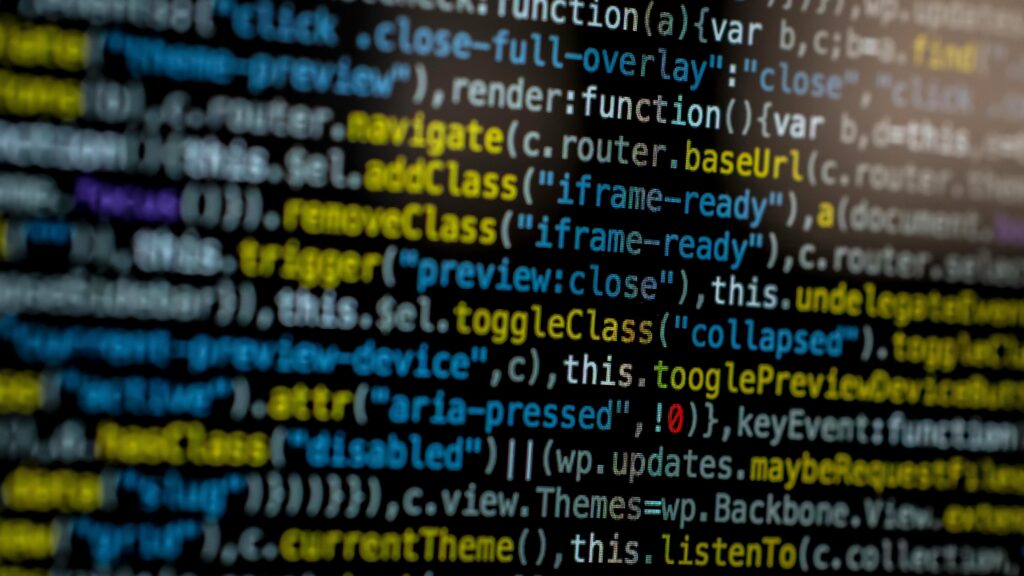Computers drive everything from smartphones to industrial machines, but what gives them their power? At the core of every device lie complex switching systems that process instructions, store data, and execute calculations automatically. These complex switching systems are the true foundation of computing. In this article, I’ll explain how they function, how their components interact, and how simple electrical switches evolve into the advanced systems that define modern technology.
What is Computer Science?
Computer science is the study of how computers process information. It includes hardware, software, and the logic that controls operations. At its core, a computer is an advanced system built on switching mechanisms. These mechanisms form circuits that perform calculations and execute commands.
From Simple Switches to Complex Systems
A simple switching system operates by responding to input signals. When we extend this concept, we create complex switching systems. These systems can:
- Store data – Hold values for later use
- Execute multiple operations – Perform different calculations
- Follow instructions – Automate processes with software
In a basic circuit, a switch turns on or off. In a computer, millions of switches work together, controlled by a central processor.
How a Computer Processes Instructions
To make a computer useful, it needs to process instructions efficiently. This happens through the control unit, which:
- Fetches instructions from memory
- Decodes them into machine operations
- Directs the hardware to execute tasks
Key Components in Instruction Processing
A computer uses several essential parts to process instructions:
- Opcodes – Short for “operation codes,” they define the operations (e.g., addition, subtraction).
- Operands – The values used in calculations.
- Registers – Small storage areas inside the processor for quick access.
- Arithmetic Logic Unit (ALU) – Performs mathematical and logical operations.
- Instruction Memory – Holds sequences of instructions that guide the processor.
For example, imagine a system that only performs addition. The control unit receives an sql instruction like:
ADD 5, 10This tells the computer to:
- Fetch the numbers 5 and 10 from memory.
- Send them to the ALU.
- Perform the addition.
- Store the result back in memory or a register.
When we expand this concept, the computer can support more operations, such as subtraction, multiplication, and division.
The Role of Memory and Storage
A computer needs memory and storage to function properly. These components help store and retrieve data efficiently.

Types of Memory in a Computer:
- Register Block – Holds temporary values for immediate calculations.
- Main Memory (RAM) – Stores active programs and data.
- Cache Memory – Speeds up access to frequently used data.
- External Storage – Hard drives, SSDs, and other long-term storage devices.
Computers fetch instructions from memory before executing them. This allows them to run programs, process data, and automate complex tasks.
Input and Output: How Computers Communicate
A computer does not work in isolation. It interacts with external devices through input/output (I/O) interfaces. These allow the system to:
- Receive input from keyboards, mice, or sensors
- Display output on screens, speakers, or printers
- Transfer data via networks or external storage
Without input and output, computers would be unable to interact with users or other systems.
Final Thoughts
Computers are not just machines that perform calculations. They are extensions of complex switching systems, carefully designed to:
- Process billions of instructions per second
- Store vast amounts of data
- Connect with external devices for input and output
From simple circuits to advanced processors, each component plays a vital role in making computers work. Understanding these fundamentals helps us appreciate how technology has evolved. Today, computers are faster, smarter, and more efficient than ever before.
As technology advances, computers will continue to improve. Whether you are a programmer, engineer, or tech enthusiast, knowing how they work gives you a deeper insight into the systems that power our modern world.
What’s Next?!
Now that you understand how complex switching systems form the foundation of computing, it’s time to explore how data moves efficiently within these systems. In my next article, “Direct Memory Access: Speed Up Your System Like a Pro,” I’ll explain how this powerful technique boosts performance by letting hardware transfer data directly to memory. Join me to learn how Direct Memory Access can make your system faster, smarter, and more efficient.
Credits: Photo by EqualStock IN from Pexels




